Sometimes I have a hankering for something spreadable, something that can spruce up that plain slice of bread or cracker, something that reminds me of the wonderful tastes of the natural world.
It also happened to start raining guavas over the last several days.
Don't let them go to waste!
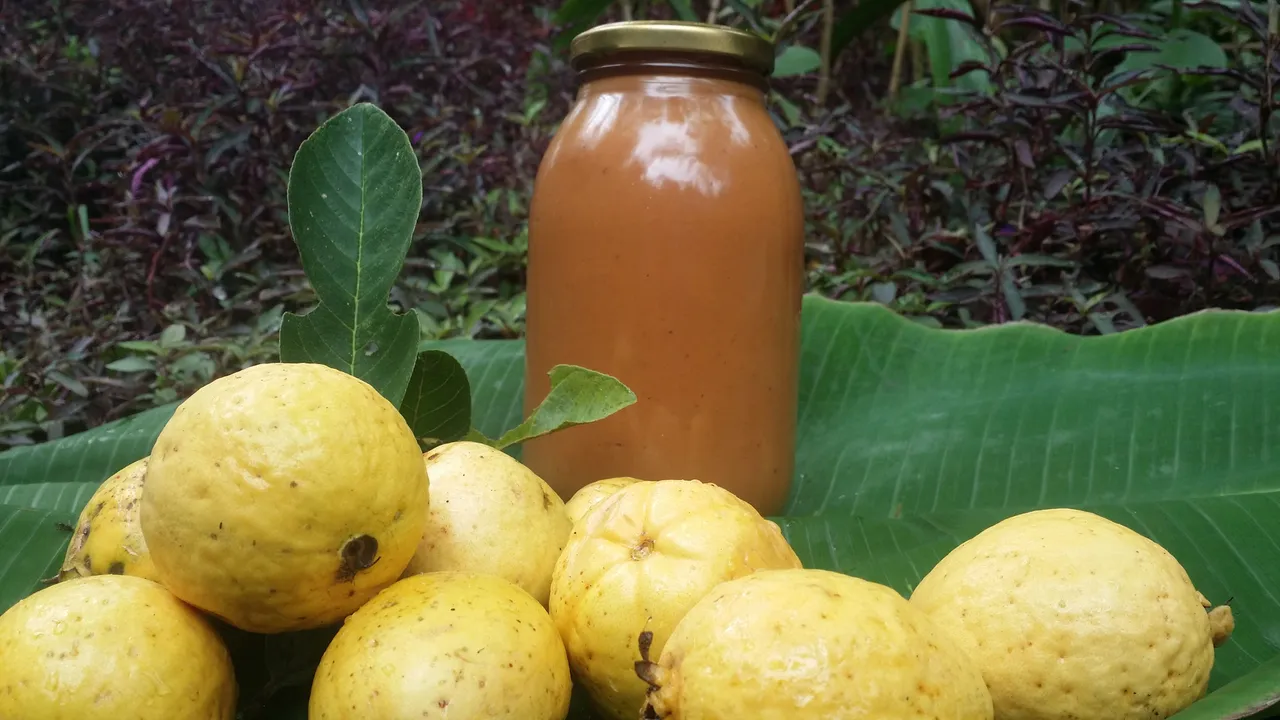
The fruit of the Psidium guajava tree, called guavas, are delicious.

During the peak season, guavas fall to the ground all over the farm, and our horse and sheep eat a lot more of them than we do.

So now that we are in full guava harvest, we decided to make something spreadable for snacking!
The most traditional guava candy is bocadillo, which is further reduced and thicker than the spread we made, but can be made the same way, just with a longer cook time.
How to make your very own Guava Jelly Spread!

After collecting the fruits, wash and core them. Here you can see a number of cored guavas ready for cooking. The center of the guava has good pulp, but also contains all the seeds and some worms. We scoop out the core and feed them to the horse, and this way we save time later and don't need to do any straining.
With a bit of water and some panela or sugar, we boil the clean fruit in a covered container for about an hour.
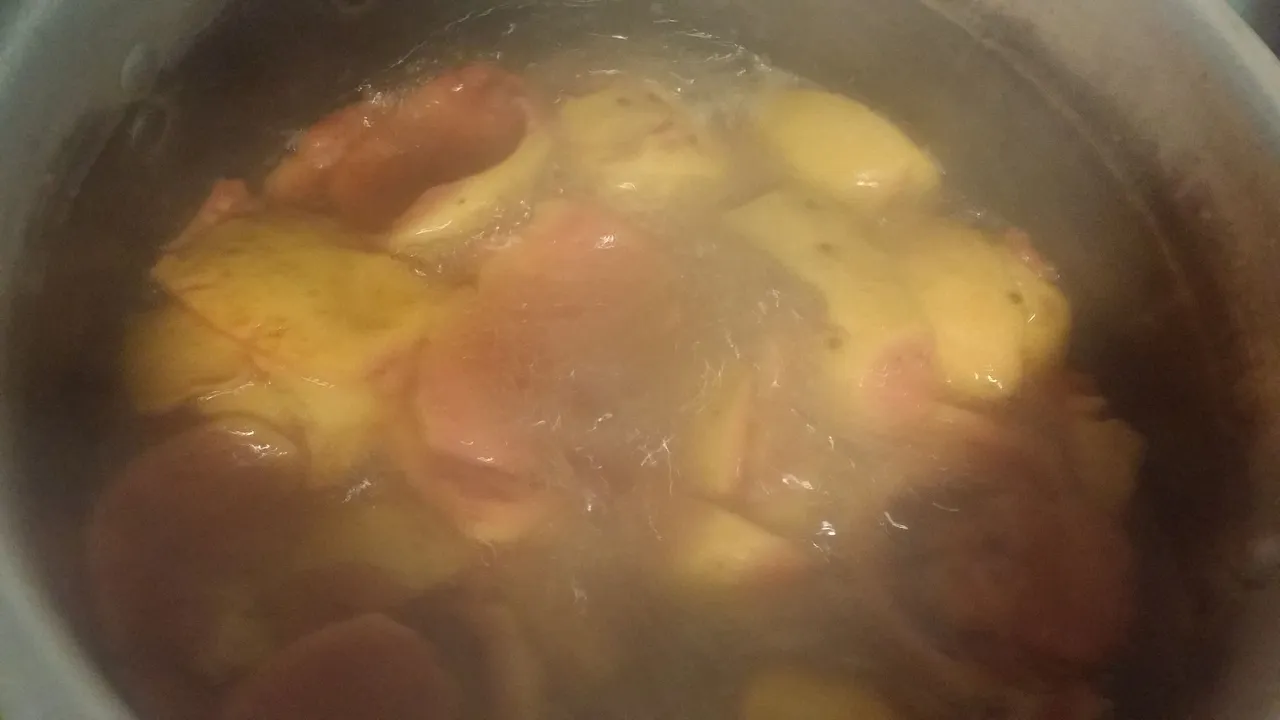
After it has been boiled, its time to blend. If you haven't taken out the seeds already, at this point you would strain the blended mix before putting it back on the stove.
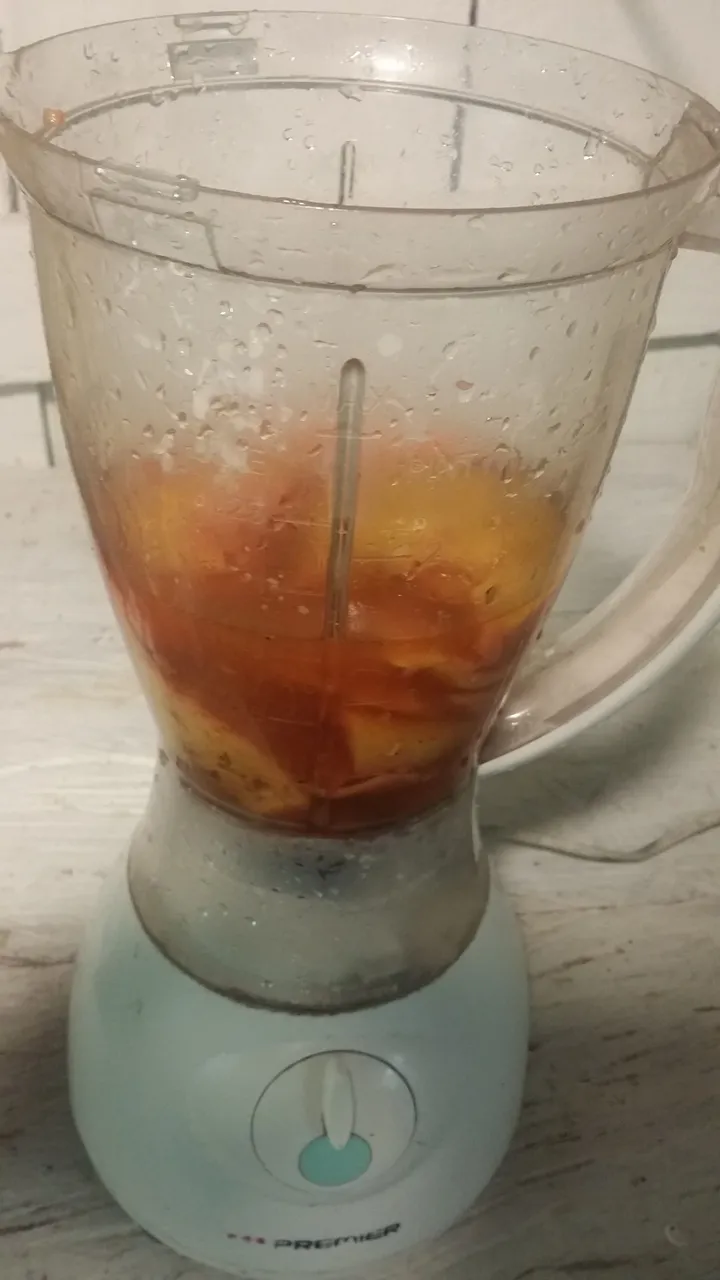
After blending its back to the stove to reduce the mixture further. Continue cooking and stirring on medium steady heat. When we stir, we are looking to measure the viscosity of our mixture by seeing how long the bottom of the pot can remain uncovered. As the mixture becomes more viscous, it takes longer and longer to cover up the revealed bottom of the cook pot.
As you stir, beware of the incredible danger should a boiling bubble splash some hot viscous guava on your skin!
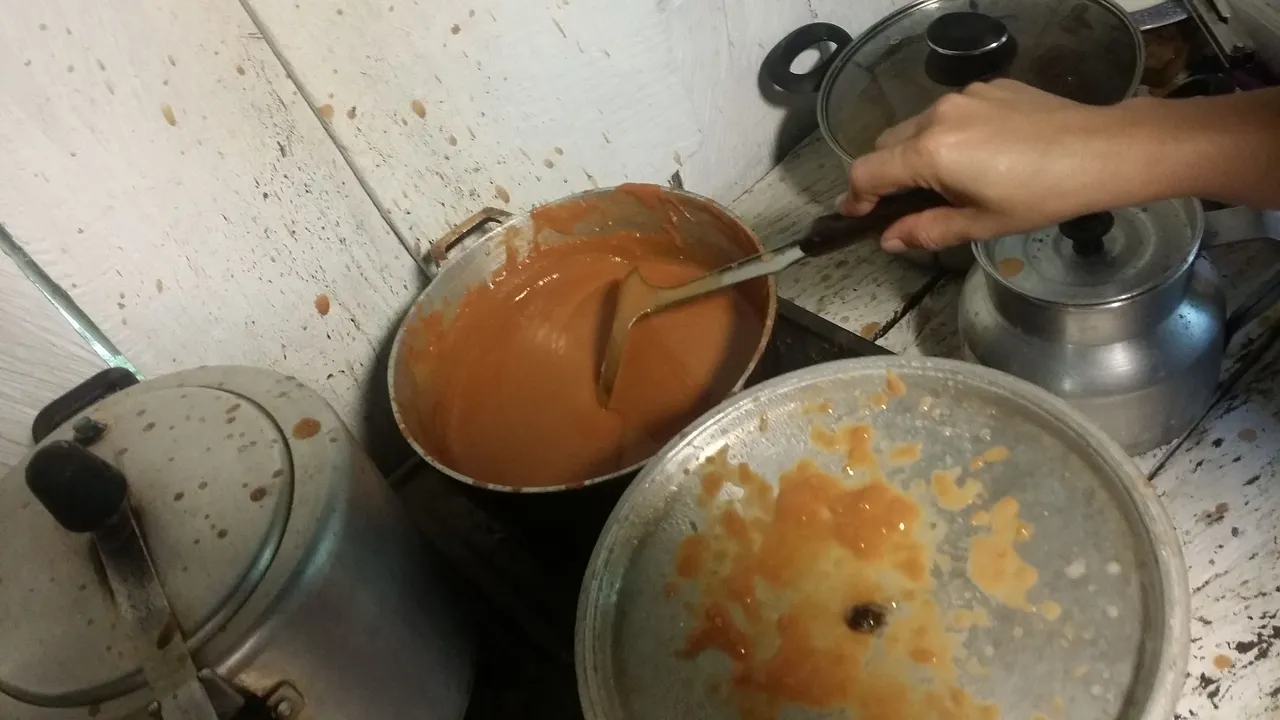
And there you have it! We saved this less viscous version in a mason jar, and used it to spread on crackers and pancakes all week! A little thicker and you can make candied guava.
Around here, guavas are called 'Traveler's snacks' and traditionally public 'routes' between rural areas will favor guava trees on both sides of the road, both for shade and for a delicious snack while travelling.
The Bits

When I eat a raw guava directly from the tree, which I do from time to time, I usually choose one that is not fully ripe, that still has a bit of green on it yet. The more ripe the fruits, the more likely they are filled with worms! These worms are not harmful to humans, and probably add a good bit of protein, but I still prefer my fruits worm-free.
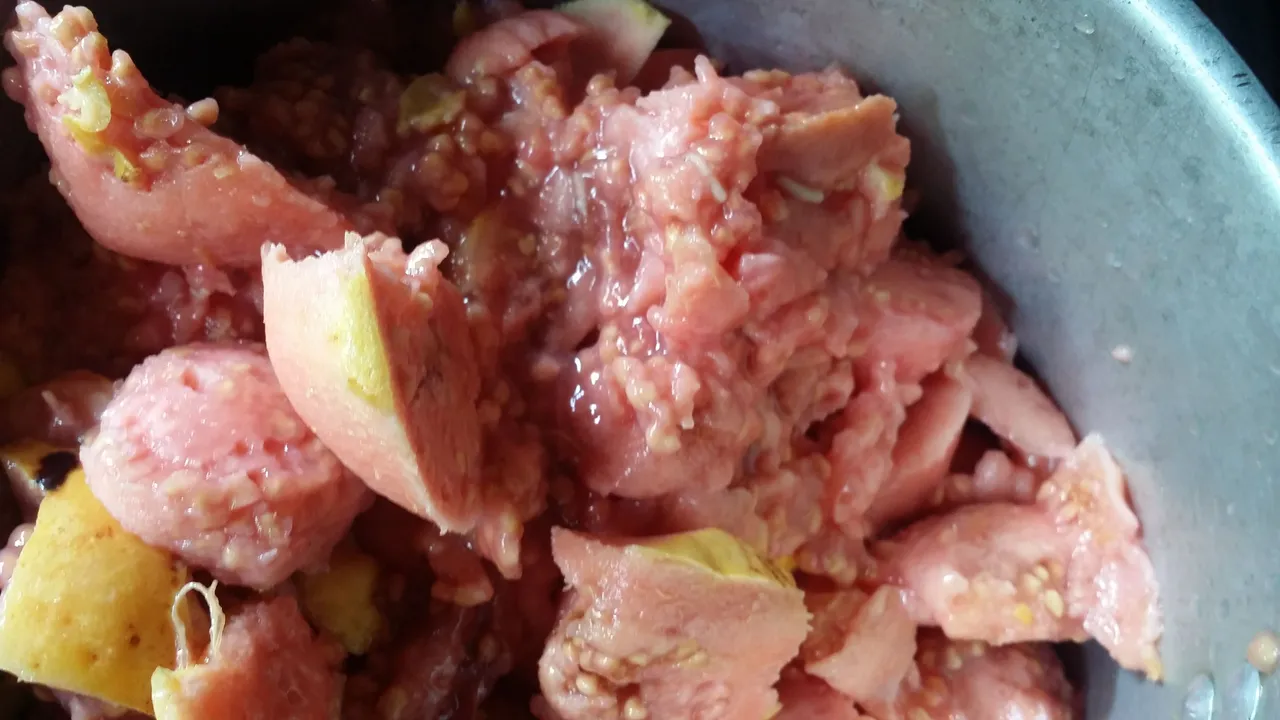
So with the uneaten fruit, or the cores if they were prepared, we deliver a delicious snack to our horses.
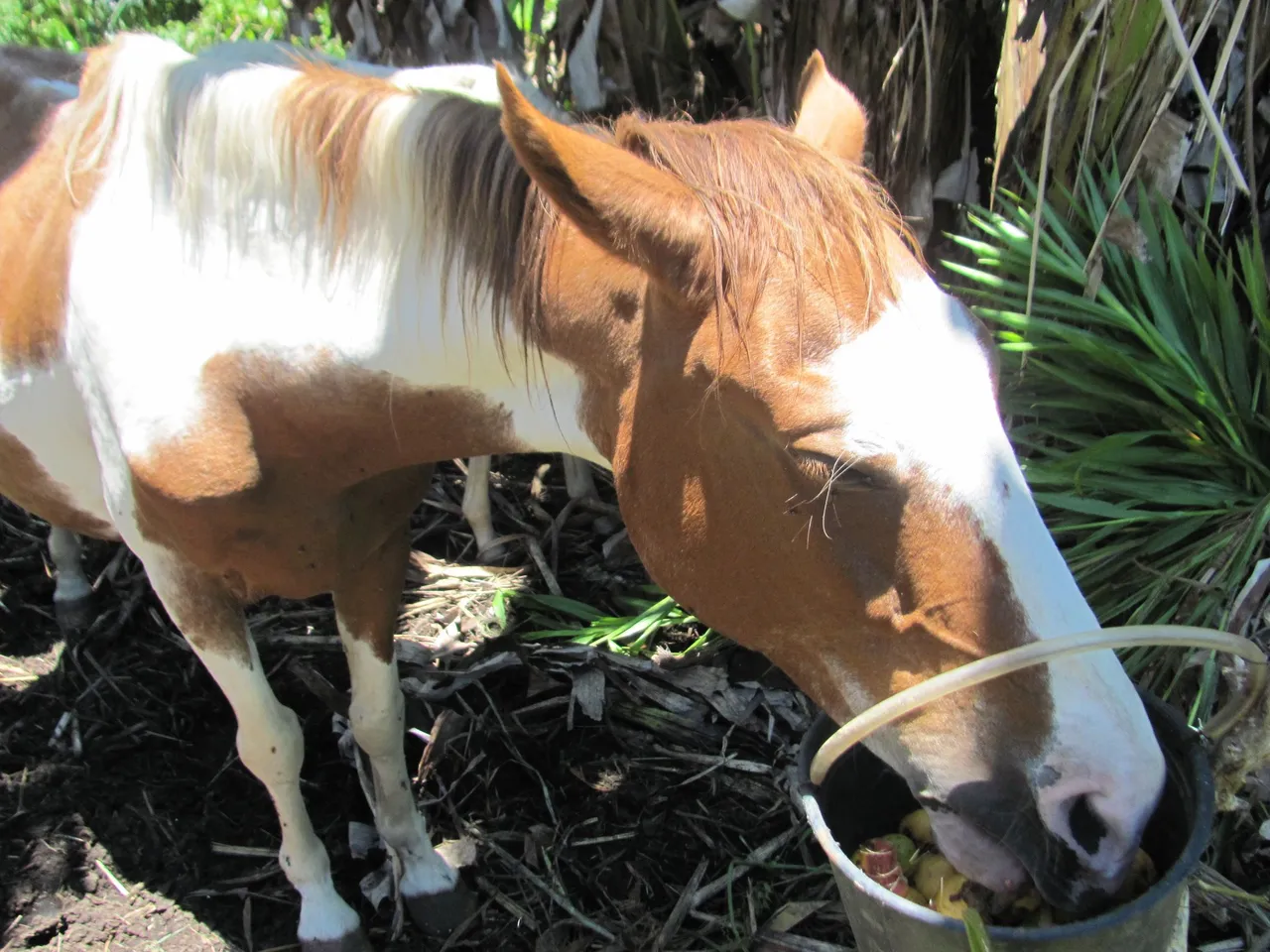
Our horse Umi never seems to mind a worm or two and, if she gets enough guavas, can sometimes appear to have red lipstick plastered around her mouth.
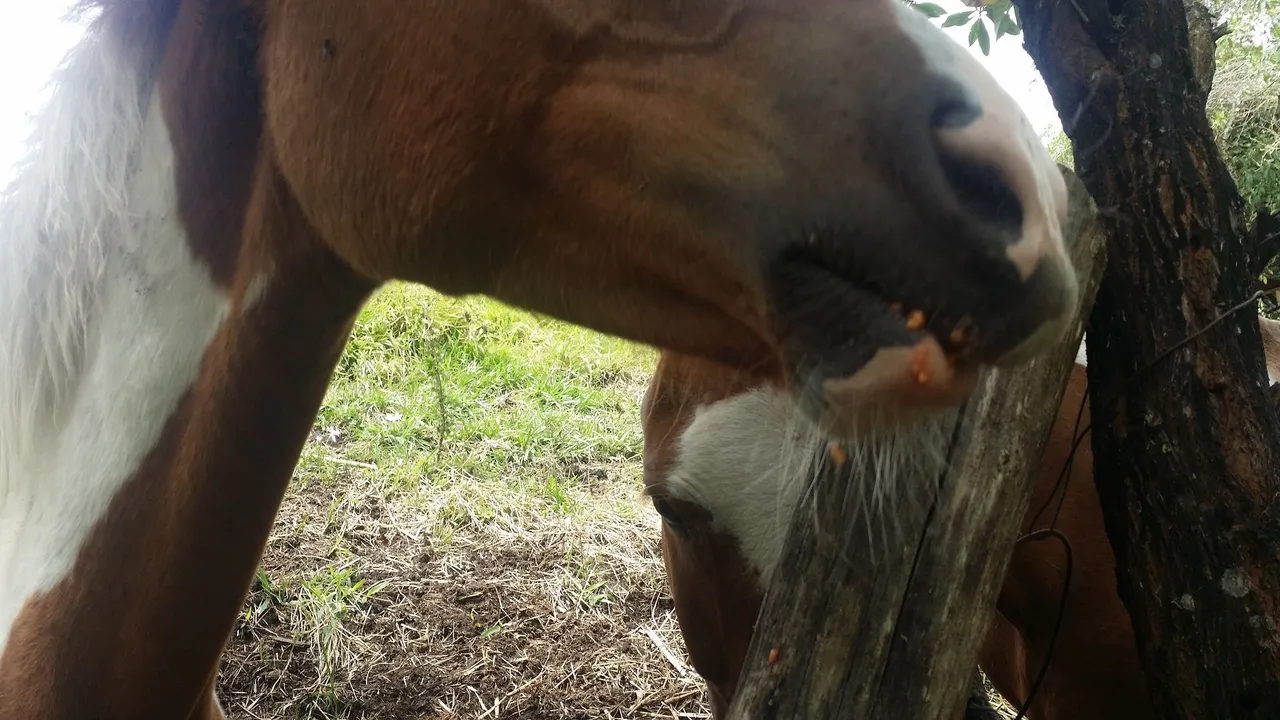
All sorts of creatures enjoy guavas, including some rarer species, like this wild pidgeotto, who will search through the fallen guavas looking for insects to eat.

I hope you enjoyed reading about and seeing our guavas! Connect with me in the comments, and come see what's going on on the EcoTrain!

